Victims 1918 (2008)
A documentary on the executions that took place during and after the Finnish civil war in 1918.
A documentary on the executions that took place during and after the Finnish civil war in 1918.
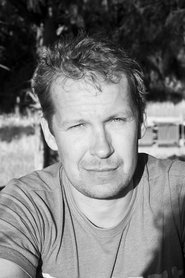 Niko SaarelaNarrator
Niko SaarelaNarratorThe film begins with the First World War and ends in 1945. Without exception, recordings from this period were used, which came from weekly news reports from different countries. Previously unpublished scenes about the private life of Adolf Hitler and Eva Braun were also shown for the first time. The film was originally built into a frame story. The Off Commentary begins with the words: "This film [...] is a document of delusion that on the way to power tore an entire people and a whole world into disaster. This film portrays the suffering of a generation that only ended five to twelve. " The film premiered in Cologne on November 20, 1953, but was immediately banned by Federal Interior Minister Gerhard Schröder in agreement with the interior ministers of the federal states of the Federal Republic of Germany.
A pain management specialist in a Berlin hospital laments how difficult it is to see if black skin has turned blue. The patient, 15year old Arlette, doesn’t understand German. Her knee was injured in the war, and unknown wealthy Germans have helped pay for her trip to have surgery in Europe. The camera follows Arlette on her journey, from her worried family in Central African Republic to the desolate rooms of the hospital and the rehabilitation centre. The girl’s gaze is captivating but impenetrable, and the easily bored teenager surrounded by adult strangers is only cheered up by an interpreter who knows her mother tongue. The story takes a gloomier turn when it transpires that rebel forces have taken up arms in Arlette’s home country.
Scott Panetti was tried for the capital murder of his parents-in-law on September 8, 1992 in Gillespie County, Texas. He was subsequently sentenced to death on September 22, 1995. Panetti has an extensive history of mental illness, including schizophrenia, manic depression, auditory hallucinations and paranoia. Panetti was hospitalized, both voluntarily and involuntarily for mental illness fourteen times in six different hospitals before his arrest for capital murder in 1992. Following his conviction, Panetti’s former wife, and daughter of the victims, Sonja Alvarado, filed a petition stating that Panetti never should have been tried for the crimes as he was suffering from paranoid delusions at the time of the killings.
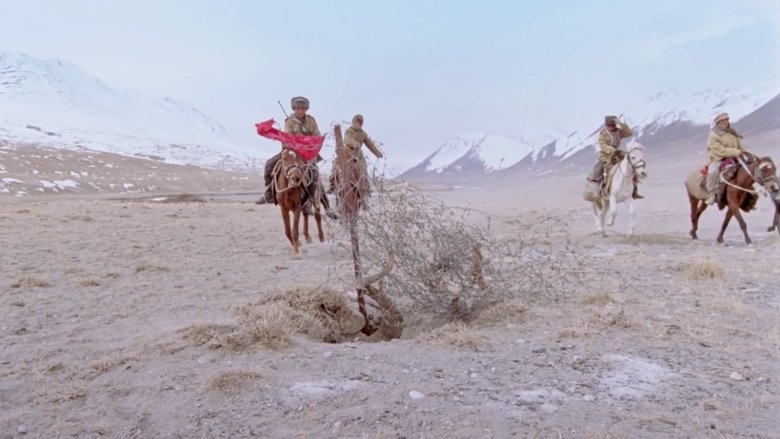
A group of Kuchi children are living in a minefield around Bagram airfield, Afghanistan. They dig out anti-personal mines in order to sell the explosives to child workers mining in a Lappis Lazulli mine. The trajectory of the blue precious stones goes towards Tajikistan and China, through an area controlled by child soldiers. When they are not waging their own mini-wars in the daily madness of life in Afghanistan, the children are fleeing away in their personal fantasies and dreams, while the American soldiers are planning their retreat...

Michael Moore's view on how the Bush administration allegedly used the tragic events on 9/11 to push forward its agenda for unjust wars in Afghanistan and Iraq.
Documentary about Mikhael T. Kalashnikov, inventior of the AK-47 assault rifle. The story of a tragic hero whose name will be synonymous with struggle and terrorism forever.
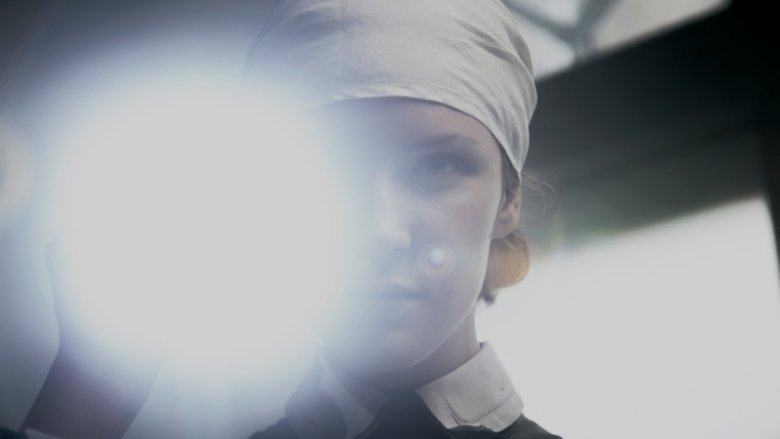
War and Peace of Mind explores what war does to the human mind and how both, the individuals and the nation as a whole, survive it psychologically. Finland and WWII, locally known as continuation war, is the backdrop of this documentary.
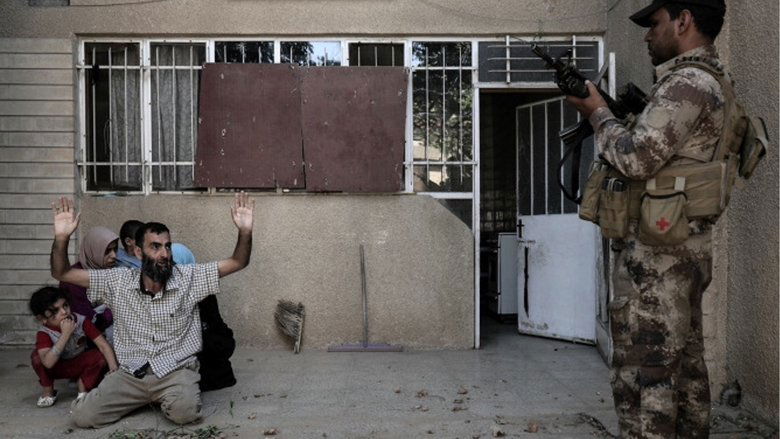
A shock therapy of news coverage from the war front. Documentarist Jana Andert spent eight months with an elite Iraqi Army unit on the front lines of the battle for Mosul, occupied by Islamic State fighters from 2014 to June 2017. An unflinching report from a city in ruins, robbed of its soul by one of the worst catastrophes of modern times.
WATCHERS NINE, DAYS OF CHAOS attempts to pull together a team of experts to try and answer some of the most disturbing questions about the times in which we live. Host/Author L.A. Marzulli covers many topics of interest: Dr. Brooks Agnew tells us about EMPs and Jade HELM. We investigate the bee die-off, the 7 year drought in California, violence increasing, Director Richard Shaw found aliens in the Kumburgaz UFO footage and shows how he did it, a pastor in Iran tells us that Yeshua is visiting
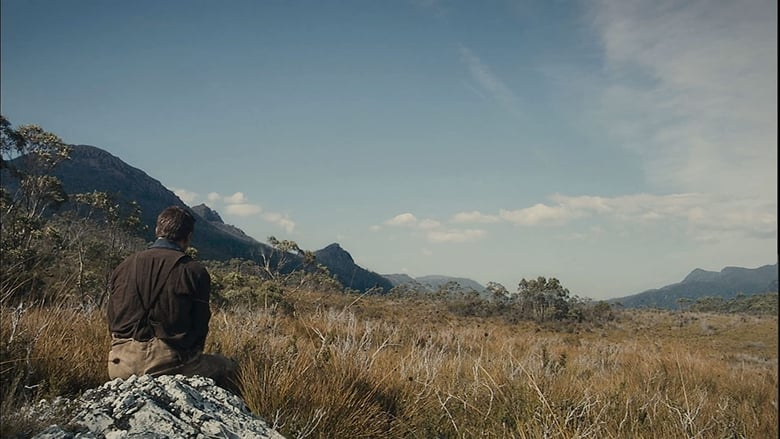
Eight men escape from the most isolated prison on earth. Only one man survives and the story he recounts shocks the British establishment to the core. This story is the last confession of Alexander Pearce.
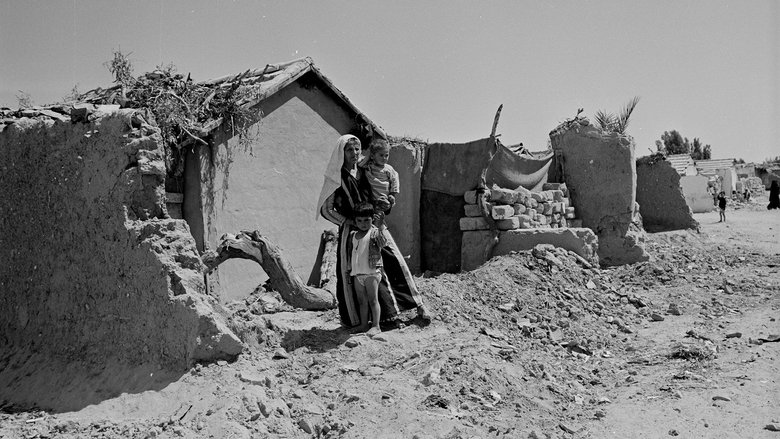
A thought-provoking documentary on the current and historical causes of the Israeli-Palestinian conflict and U.S. political involvement.
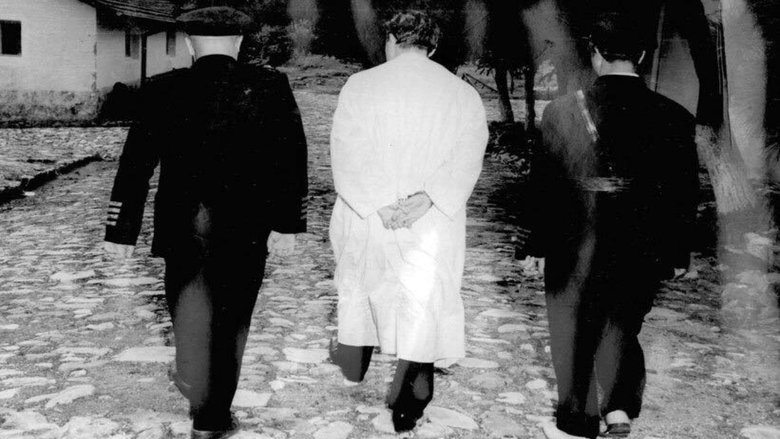
We came to the end of the road. We told you the story of the establishment of a democracy throughout 9 episodes... We witnessed the collapse of a one-party regime. We witnessed the disappearance of the national chiefdom. Together we experienced the holding of the first free general elections and the raising of democracy in pain. And finally, we told you about the birth, rise and fall of a new power. Where we ended up was a military intervention. Whatever the reasons, the storm of revolution had blown once. Now the task of the officers who seized power on the morning of May 27 was to contain that storm. But it didn't. After a while, the storm started to drag the revolutionaries in front of it. The historical scenario was repeated. The Revolution ate some of their children. The revolution was now speaking its own language...
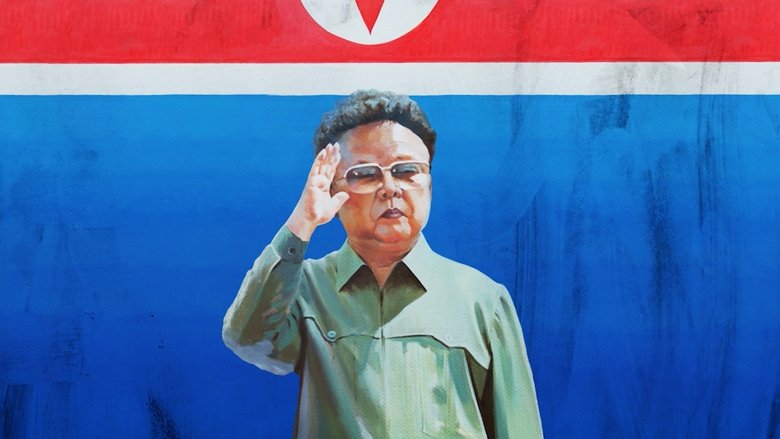
Operating under a pseudonym which means 'no boundaries' - North Korean defector Sun Mu creates political pop art based on his life, homeland, and hope for a future united Korea. His hidden identity is nearly compromised when a massive historical exhibit in Beijing is shuttered by Chinese and North Korean authorities.
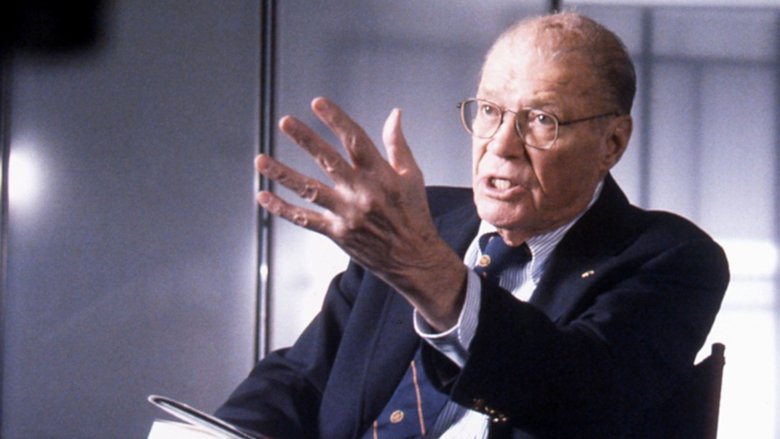
Using archival footage, cabinet conversation recordings, and an interview of the 85-year-old Robert McNamara, The Fog of War depicts his life, from working as a WWII whiz-kid military officer, to being the Ford Motor Company's president, to managing the Vietnam War as defense secretary for presidents Kennedy and Johnson.
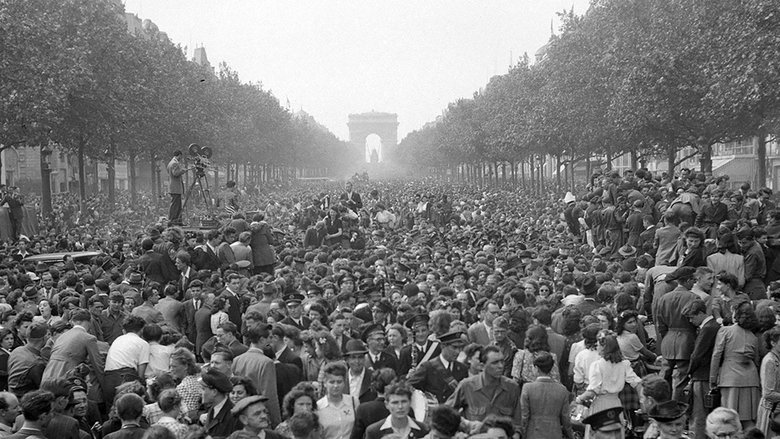
A film made of archives mostly unknown, on the last day of the Second World War in Europe and on the events which preceded it. This film also shows the growing tension between the Allies and the Soviets at the time: May 8, 1945 is also the first day of the Cold War.
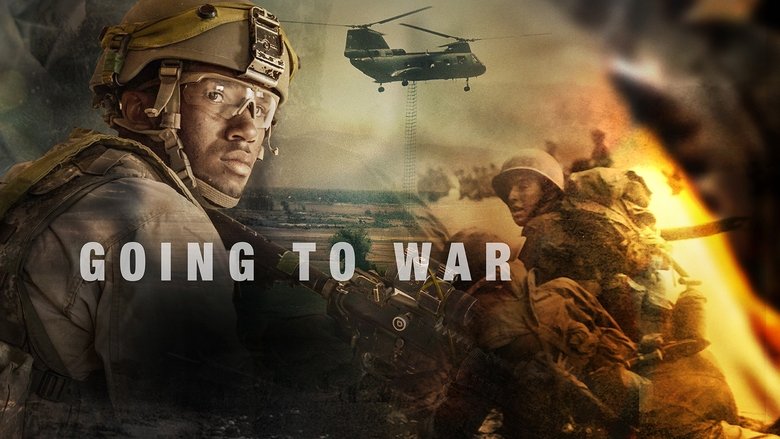
What is it really like to go to war? Filled with terror, pain, and grief, it also brings exhilaration, and a profound sense of purpose. Renowned authors Karl Marlantes and Sebastian Junger help us make sense of this paradox and get to the heart of what it’s like to be a soldier at war. Veterans of various conflicts reveal some universal truths of combat with unflinching candor.
This is a detailed personal account of one of the worst incidents to take place during Israel's 2009 invasion of Gaza. Ten-year old Amal Samouni lost her father, brother and 48 members of her extended family. She spent three days trapped under the rubble and still suffers from fifteen pieces of shrapnel imbedded in her head. Her shocking story is brought vividly to the screen by director Anne Tsoulis who examines the events and the cost to those affected.
Built from 1928 newsreels—the year 60 nations vowed to outlaw war—Storck’s razor-edged montage mocks the era’s self-congratulation by cross-cutting speeches and parades with portents of renewed violence: nationalism, colonial repression, police brutality. Slow-motion collapsing chimneys and the exhumation of an “unknown soldier” give the satire its sting.